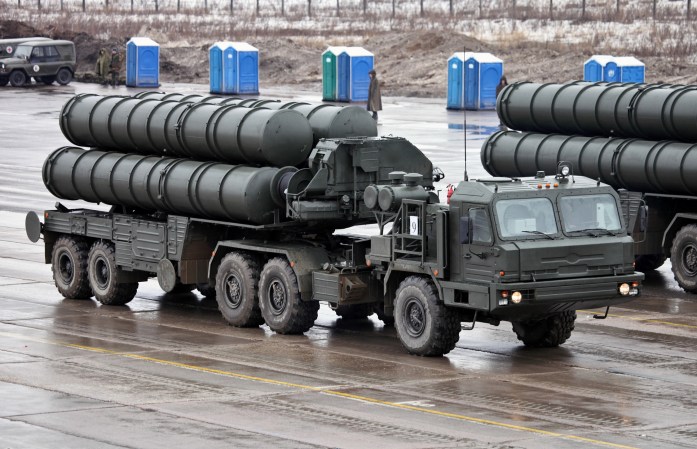It started out as an unguided air-to-air rocket. Then, someone had the idea to put a sensor on it that could pick up the heat put out by an airplane’s engine. Add a control system and you’ve got yourself an effective, deadly missile — one that has been relied upon for decades by American pilots and their allies.

That missile is the AIM-9 Sidewinder, and it’s come a long way since its combat debut in 1958. The Taiwanese scored this missile’s first kill when it was carried on and fired by North American F-86 Sabre fighters. Today, the missile is a key part of the weapons suite for the Lockheed F-22 Raptor and F-35 Lightning stealth fighters.

The AIM-9 wasn’t even called AIM-9 when it was being designed. Its original name was the AAM-N-7, which is fairly decipherable for those familiar with missile naming conventions. It was designed as an Air-to-Air Missile (AAM) for use by the Navy (N) and it was the seventh in the sequence (7). The old naming system was in use until 1963, when it was replaced by the one used today.

The missile was solely a Navy weapon for its first few years. The United States Air Force backed the GAR-2 Falcon, which later got the designation AIM-4. Eventually, the Navy’s missile won out and the Air Force adopted it.
Since then, the Sidewinder has been one missile that American pilots can rely on. During the Vietnam War, it scored 82 kills. The missile also saw action in the Falklands War, Desert Storm, and even scored the first air-to-air kill for the F/A-18E Super Hornet over Syria. The missile has gone from a short-range (maximum range of 2.6 nautical miles for the AIM-9B) tail-chase missile to an all-aspect medium-range (22 nautical miles) missile in the form of the AIM-9X.

The AIM-9X will be around for a long time, with an improved version of the missile slated to enter service in 2022.
Learn more about the Sidewinder in the video below:
(Dung Tran | YouTube)


























